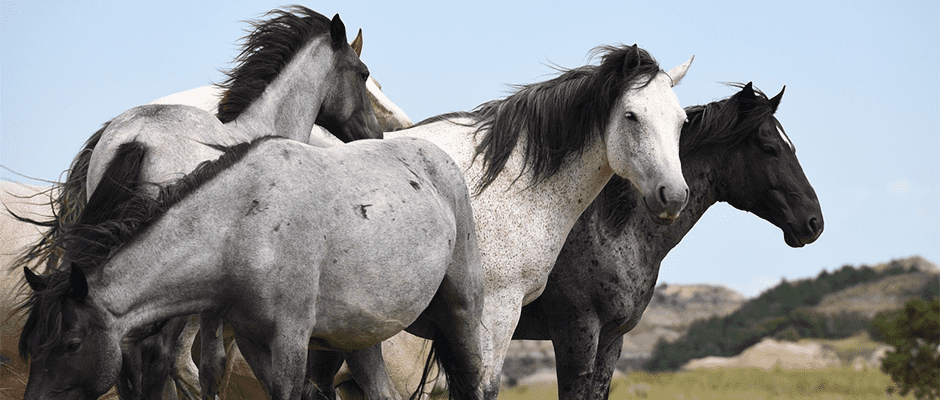Share this article
BLM plans wild horse population control research
The Bureau of Land Management has released an updated draft environmental assessment and a finding of no significant impact for plans to test a sterilization technique on wild horses (Equus ferus) in Oregon. Researchers would permanently sterilize wild horse mares by removing their ovaries in a process expected to take about 15 minutes.
The U.S. Geological Survey will participate to provide detailed observations of the mares’ behavior after the procedure. It was originally going to be a joint research project between BLM, U.S. Geological Survey and Colorado State University researchers, but the university withdrew after the proposal became too controversial.
The BLM Wild Horse and Burro Program must manage the population growth of herds of wild horses and burros (Equus asinus) on public lands to help protect both the health of the herds and the environments in which they live. As horses and burros are ecologically feral animals, they do not have natural predators and herds have grown well beyond what the ecosystem can sustain and are negatively affecting native wildlife. BLM estimated in March 2018 that nearly 82,000 wild horses and burros exist on BLM-managed lands. The target population is less than 27,000.
Read The Wildlife Society’s Fact Sheet about effects of feral horses and burros on western ecosystems.
Header Image: Feral horses and burros, including those legally designated as “wild,” have no natural predators and can damage ecosystems when populations grow too large. ©skeeze








